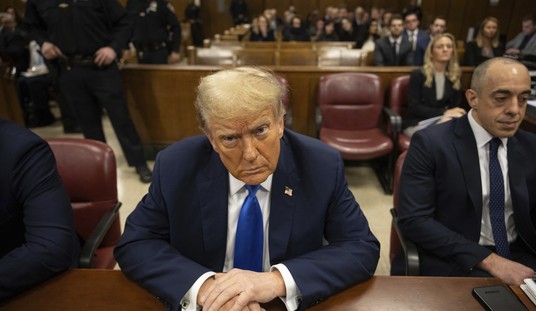Rep. Paul Ryan (R-Wis.) studied a blend of politics and economics at his Ohio alma mater and he has continually made this fusion a priority in Washington. The House Budget Committee Chairman proposed a pilot program to consolidate 11 federal anti-poverty programs into one fund which would stream directly to states which opted-in. This conflation would, in theory, allow more flexibility for states to create aid options based on the unique struggles of its impoverished residents.
Ryan explained his plan in a USA Today op-ed Thursday:
Here's how the program would work: Each state that wanted to participate would submit a plan to the federal government. That plan would lay out in detail the state's proposed alternative. If everything passed muster, the federal government would give the green light. And the state would get more flexibility to combine things such as food stamps, housing subsidies, child care assistance and cash welfare. This simpler Opportunity Grant would include the same money as current law.
Plans would be approved on four conditions: The state would have to spend all funding on people in need. Second, the state would have to hold people accountable through work requirements and time limits for every able-bodied recipient just as there are for cash welfare today.
Third, the state would have to offer at least two service providers. The state welfare agency couldn't be the only game in town. And fourth, the state would have to measure progress through a neutral third party to keep track of key metrics.
The House Budget Committee defined federal anti-poverty programs as “duplicative and complex” in a 205-page analysis of the War on Poverty in March. The government spent $799 billion on the programs in 2012, the report found.
Recommended
The new program would give families choices between approved non-profits, for-profits, or community groups, removing the monopoly of state agencies. According to Ryan, the scheme, dubbed the “Opportunity Grant,” would create more accountability and could be more closely eyed for results rather than sums.
Rep. Chris Van Hollen (D-Md.) claimed Democrats would welcome any programs that would “create pathways to the middle class,” however, he was wary that the term "reform" might actually be a clever attempt to cut “vital safety-net programs.”

























Join the conversation as a VIP Member